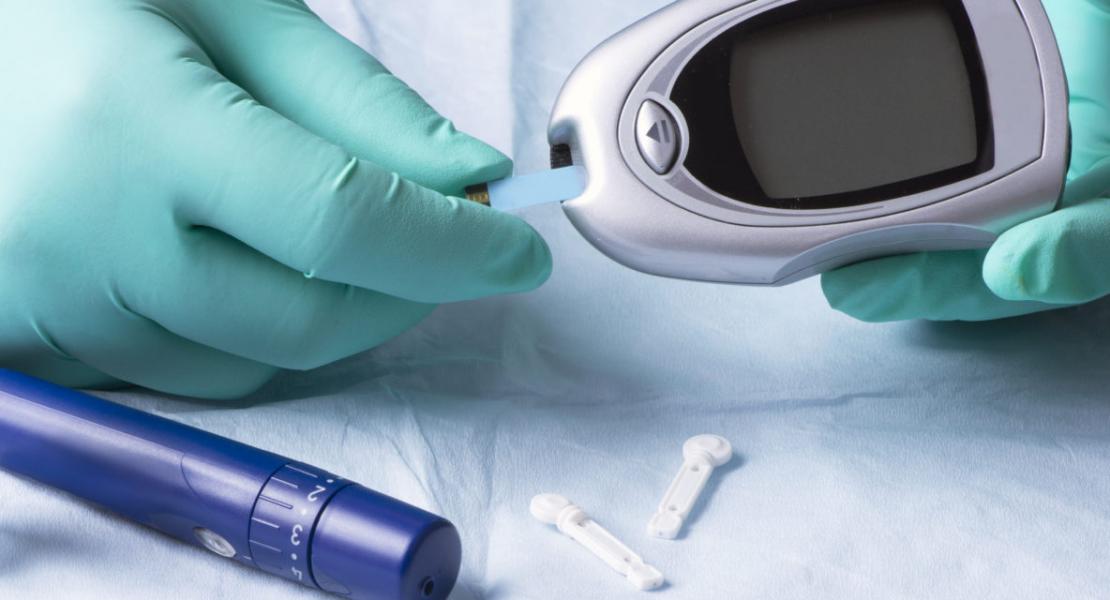Next-generation diagnostics with CRISPR

Abstract
Rapid and accurate identification of infectious diseases is essential to optimize clinical care and guide infection control and public health interventions to limit disease spread both in highly specialized medical centers and remote health care settings. The ideal diagnostic test would be inexpensive, accurate, and provide a result rapidly, allowing for point-of-care use on multiple specimen types without need for technical expertise, ancillary equipment, or power. Such a test for highly pathogenic viruses that emerge in remote settings but might spread globally (for example, Ebola virus and Middle East respiratory syndrome coronavirus) would aid in early case detection and isolation, limiting disease spread and facilitating timely care (1). The sentinel discovery that prokaryotes (bacteria and archaea) have heritable adaptive immunity mediated through CRISPR and CRISPR-associated (Cas) proteins has led to transformative advances in molecular biology, most notably in gene editing (2). On pages 436, 444, and 439 of this issue, Chen et al. (3), Myhrvold et al. (4), and Gootenberg et al. (5), respectively, highlight how evolving insights into CRISPR-Cas biology are also revolutionizing the field of molecular diagnostics for infectious diseases, through detection of Zika virus (ZIKV), Dengue virus (DENV), and human papillomavirus (HPV) in human samples, and noninfectious diseases, such as detection of gene mutations in circulating cell-free DNA from lung cancer patients.
http://www.sciencemag.org/about/science-licenses-journal-article-reuse
This is an article distributed under the terms of the Science Journals Default License.
